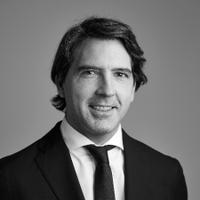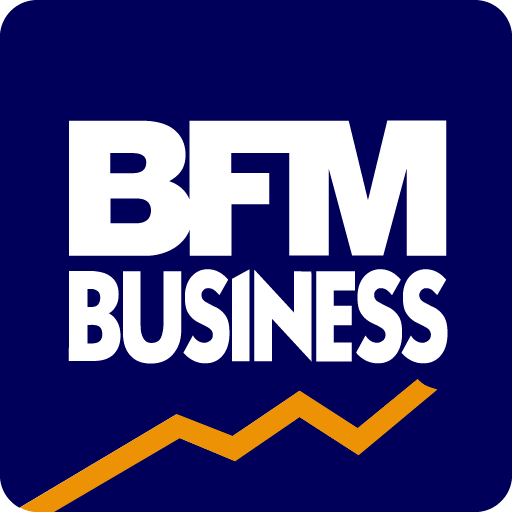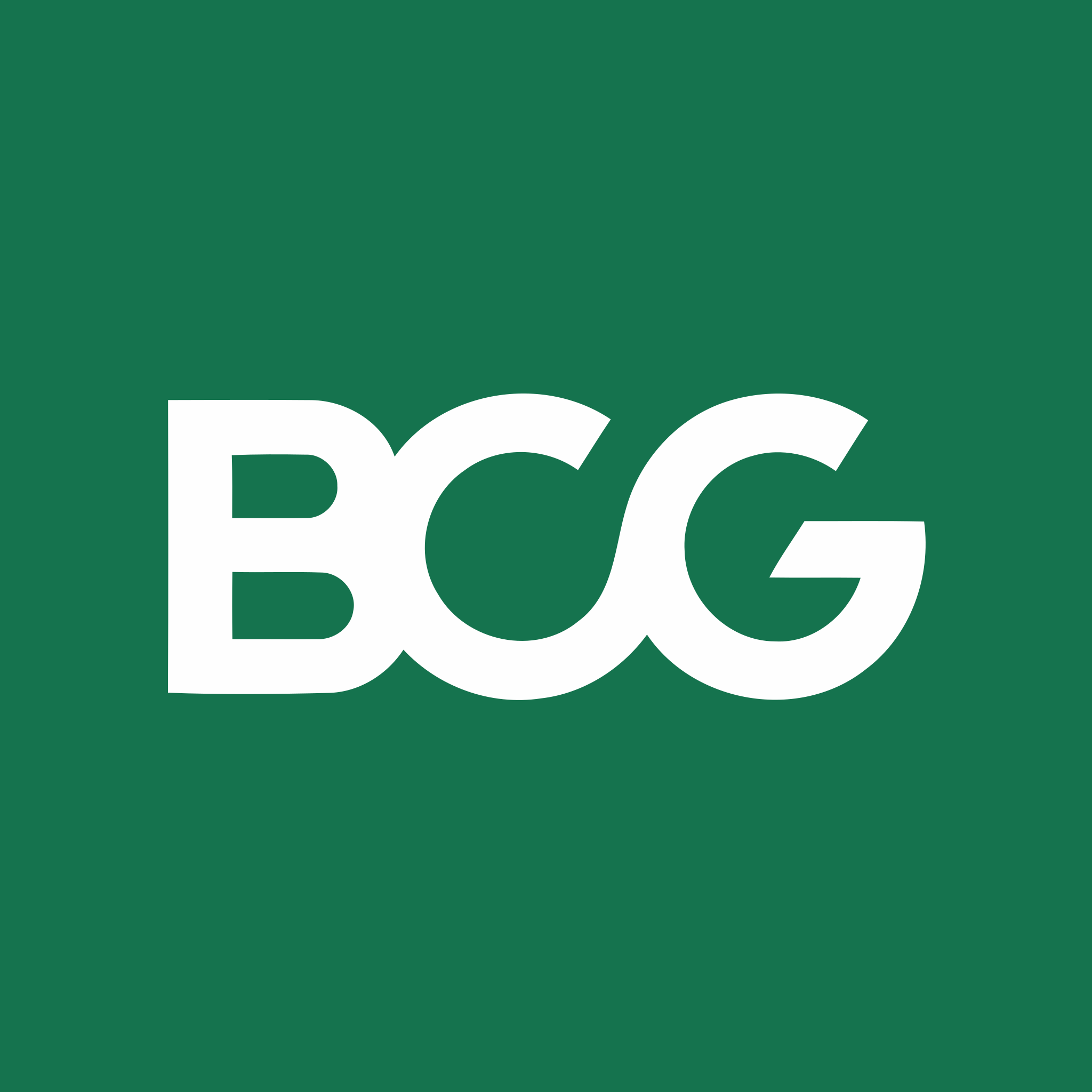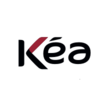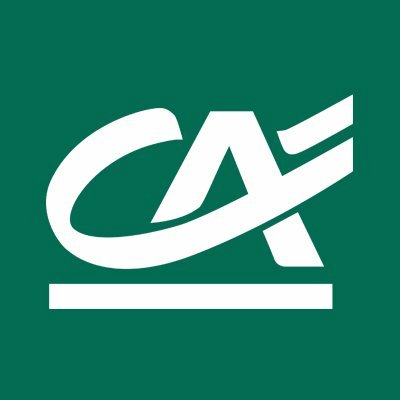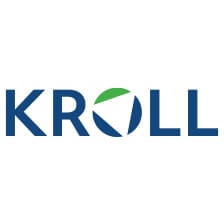Summary of our market study
The French hair care market is valued at over €1.3 billion.
The global hair care market is estimated at $80 billion.
The French market is stable. Natural and organic products have grown considerably in popularity, with 58% of French women buying organic cosmetics or hygiene products.
Large multinational groups dominate the market, and traditional supermarkets remain the preferred distribution channel, accounting for over 50% of sales.
Hair care consumption habits reveal four major concerns among the population: hair loss, hair thinning, dandruff and damaged hair. Addressing these concerns is a real challenge for companies.
Multinationals dominate the market:
- L'Oréal, Garnier :
- Procter & Gamble , Head & Shoulders brands.
- Unilever , Dove and TRESemmé brands.
- Johnson & Johnson :
- Henkel
to understand this market
Detailed content of our market study
 Inforamtion
Inforamtion
- Number of pages : 35 pages
- Format : Digital and PDF versions
- Last update :
 Summary and extracts
Summary and extracts
1 Market overview
1.1 Introducing and defining the hair care market
Hair care covers all products designed to soothe, cleanse and care for the scalp and hair.
Examples include shampoos, conditioners, masks and oils, gels, lacquers, mousse and colorants. More broadly, it is part of the hair care market , which includes hair accessories (styling, blow-drying, dyes, etc.).
The hair care market is dominated by leading multinationals, leaving little room for new entrants. So, despite the general trend towards stagnation, certain market segments are standing out. Indeed, changing consumer habits among men and an ever-increasing demand for organic and natural products are driving manufacturers to diversify their offering. In addition, 2022 will see the rise of solid hair care products, which are gradually finding their way onto the shelves.
For the hair care giants, the challenge remains to adapt to the changing tastes and habits of consumers, who are increasingly looking for natural, effective products for specific needs.
1.2 Key figures for a booming global market
Size of the global hair care market World, ****-****, $ billions Trefis
According to Grand View Research, the global hair care market was estimated to be worth $**.* billion in ****. The market has been growing steadily for several years and is expected to continue doing so, with an annual growth rate of *.*% to ****.
While the sector's biggest markets are currently the United States and China, it is the countries of Latin America, Africa and Asia that are driving growth.The fastest-growing segment is that of natural and organic products, which has been boosted by the Covid-** crisis.
The impact of Covid-**
The global market for hair care products grew by +**% in ****, reaching over $** billion [***] . It is one of the few markets to have been spared the global consumer crisis caused by Covid-**. This can be explained by the fact that since the start of the pandemic, attention to personal hygiene has continued to grow, but also by the new "do it yourself" trends to which consumers were susceptible during the confinements (***). The pandemic also altered consumer habits, with individuals increasingly favoring quality over quantity.
Weekly use of hair care products World, **** vs. ****, in Source: ****
1.3 Key figures for a shrinking French market
The personal care and beauty products market is struggling to reinvent itself, and has been stagnating for some years. After a period of growth between **** and ****, when the market grew by +*.*% in * years, it lost -*.*% of its value over the period ****-**** before experiencing slight growth in ****. [***] Since then, the market has seen changing trends. After a few complicated years, and despite a reduced impact of the pandemic on the sector in **** during the pandemic, it's in **** that the signals turn green again for the capillary market. This growth continues in ****: although the market is down in volume (***), overall sales are up by +*.*%.
trends in the hair care sector
Source: ****
Breakdown of sales by segment and year-on-year change France, ****, in millions of euros and % Source: ****
By ****, shampoos will still be the leading category in the hair care sector, followed by conditioners and treatments, and colorants. All segments show good growth overall (***).
In ****, styling products and hairsprays were the sector's products most affected by declining sales, with decreases of -**.*% and -**.*% respectively. This can be explained by the context of the health crisis: in ****, due to national confinements, the French population had much less social and professional interaction, if any ...
1.4 Foreign trade
Foreign trade in hair care products France, ****-****, millions of dollars Source: ****
Between **** and ****, exports of hair care products were rather stagnant, rising from $***.* million to $*** million, while imports increased at a steady pace.
In ****, however, exports began a period of increase, with +**% in just one year, in line with the evolution of the overall cosmetics sector, whose exports also rose sharply at the same time. Exports thus grew by **% between **** and ****, while imports posted growth of **% over the same period.
Origins of hair care product imports France, ****, % Source: ****
Main destinations of French exports France, ****, % of exports Source: ****
France's main trading partners are European.
Nevertheless, the structure of exports is more fragmented than that of imports: while the top seven suppliers to the French market account for **% of total imports, the top seven recipients of French exports account for **% of the total.
2 Demand analysis
2.1 French consumer habits
Over the last few years, cosmetics consumption habits have been evolving, changing the dynamics of the market. Indeed, the importance of make-up is declining in favor of a more sober beauty routine. The trend today is to go natural, or at least to look natural. By ****, hair care will account for **% of cosmetics sales, behind beauty and skincare, perfume and toiletries.
Cosmetics sales by category France, ****, as % of sales Source: ****
There are many reasons for buying hair care products. First and foremost, it's a question of maintaining hair hygiene (***), but it's also in response to certain problems that the French turn to hair care products. Generally speaking, and for both sexes, the following graph shows the four major hair care issues facing the French population in ****, i.e. the four main reasons why customers use hair care products.
Major hair problems of the French population France, ****, % of total Source: ****
Products for women
While the figures date back to ****, they provide an interesting trend in French women's consumption habits. Despite some changes (***), French women continue to consume certain porducts ĥares: shampoos and conditioners in the lead.
Number of women's shampoo users by type France, ****, thousands Kantar
The statistics below, gathered by Kantar, ...
2.2 Increasing demand for hair care products
Hair care products are among the most popular in the hygiene and beauty sector. In ****, Elsève's Hyaluron Repulp range topped the list of best launches. The brand achieved sales of *.* million euros in hyper and supermarkets in ****. Despite the arrival of make-up products in the rankings, hair care products continue to hold strong positions. Head & Shoulders in third place and Franck Provost in tenth.
Ranking of the best launches **** in the beauty sector Source: ****
2.3 Natural and organic products are becoming increasingly popular
More and more consumers are turning to natural and organic products to care for their hair. In ****, there will be *.* million more buyers of organic beauty care products than in ****, and more and more French people are interested in this segment.
Growing demand for natural products France, ****, in Source: LSA-conso *survey of *** women conducted in March ****
Consumers are increasingly wary of the cosmetics industry, and are paying more and more attention to product quality and the sustainability of the value chain.the Yuka start-up responds to consumers' need for transparency by, for example, enabling products to be scanned and classified according to their harmfulness to the body. It had ** million users by January ****. This application recommends products that are better for your health.
Buying beauty products guided by transparency France, ****, in % Source: ****
According to a survey conducted by Klarna in February ****, the French are increasingly demanding transparency from beauty companies (***). In addition, **% of those surveyed said they buy and use natural and organic products. This trend is on the rise, as the new generations are the ones who use the most products in this category.
Share of consumers using natural and organic beauty products France, ****, in Source: ****
3 Market structure
3.1 A market dominated by major groups
The market is largely dominated by large multinational groups such as L'Oréal, Garnier and Head & Shoulders.
The infographic below shows the market shares of the main shampoo and hair care brands in France in ****, as well as their evolution compared to ****.
It can be seen that the market shares of the brands mentioned are very high, implying a high concentration of the sector around a few major players. L'Oréal Paris' Elsève is the leading brand in the segment, closely followed by Garnier's Ultra Doux (***).
Market shares of leading shampoo and hair care brands (***) France, ****, % market share Source: ****
3.2 Traditional supermarkets are still France's preferred distribution channel
Distribution is still clearly dominated by hypermarkets
Where to buy hair and body care products France, ****, % of total Source: ****
This chart shows the major distribution channels for hair care product purchases in France in ****.
More thanone French surveyedout of two make their purchases in large and medium-sized retailers, i.e. hypermarkets and supermarkets.
Incomparison, less than **% of respondents buy theseproducts over the Internet.
The dominance of traditional supermarkets and hypermarkets can be explained by their wide range of choice, low prices and the possibility of buying these products alongside other essentials such as food. All these factors explain why they have captured the market: the dominance of supermarket networks gives them great bargaining power.
When it comes to beauty care and natural products, pharmacies are also a significant growth driver. In ****, **% of French pharmacies worked with Avène, and **% of dermatologists were canvassed by Avène sales representatives.
Focus on e-commerce
Online distribution is gaining in volume, but is struggling to take off : shampoos and body care products are the cosmetics segment with the lowest online sales volumes.
In fact, according to Promise Consulting in ****, the in-store experience is decisive for the purchase of cosmetics and toiletries. The online shopping experience ...
3.3 Employees and companies
The hair care segment is included in NAF code **.**Z: Manufacture of perfumes and toiletries, which includes the manufacture of :
perfumes and toilet waters ; beauty and make-up products ; sun protection and tanning preparations; manicure and pedicure preparations; shampoos, hairsprays, preparations for waving or straightening hair; toothpastes and oral hygiene products, including preparations to facilitate denture adhesion; shaving preparations, including pre-shave and aftershave preparations; deodorants and bath salts; depilatories.
Number of companies and employees in the "Manufacture of perfumes and toiletries" sector France, ****-****, in units Source: ****
While the total number of companies rose by +**.*% between **** and **** (***) regions.
4 Offer analysis
4.1 Offers and prices
The hair care market is characterized by the diversity of the brands present and the variety of products on offer. There are several product categories and sub-categories, as follows (***):
Shampoos: different functions (***). Conditioners: different functions (***), different fragrances. Gels: different operating times, different textures (***). Mousses: adapted to various hair types (***). Masks: different functions (***). Oils: different characteristics (***). Hairsprays: adapted to different hair types (***). Colorations: different colors, ephemeral or permanent. ...
Let's take a look at the main categories and draw up an overview of the offers and prices available from supermarkets (***) in May ****:
shampoos
Source: ****
Conditioners
Source: ****
Masks and oils
Source: ****
Gels, lacquers, foams
Source: ****
Colorations
Source: ****
Each product range (***) is usually adapted to a specific hair type: normal, oily, color-treated, damaged, curly, frizzy and so on.
According to our estimates, the average price of an item on this market is *.** euros per unit.
Price trends
Consumer price index data provided by INSEE for shampoos and hair care products show that the index will reach ***.** in **** (***). While the trend has been downward since ****, prices have shown significant growth over the last two years, to exceed **** - **** levels.
Consumer price index for perfumes and toiletries France, ****-****, base *** in **** Source: ****
4.2 Price-related issues in the hair care market
Price seems to be the main barrier to buying organic or natural hair shampoos
Determining barriers to the use of organic or natural cosmetics among French women France, ****, % Source: ****
Among the brakes that can affect the purchase of such products, one criterion clearly stands out: price, chosen by **% of respondents.
Among the other reasons cited, we see that the signal associated with the nature of the product is important since the lack of guarantees on the naturalness of products is cited by **% of respondents while the lack of confidence in the organic designation is cited by **% of them.
Paradoxically, while price remains a major barrier to hair care purchases, the luxury hair care segment is becoming increasingly important. While high-end hair brands are not new (***).
4.3 Supply trends: solid and natural products
The main trend in the hair care market is towards natural products that respect the health of consumers and the environment. Many brands now offer shampoos, treatments and lotions based on natural products. Furthermore, to reduce their environmental impact, many companies are trying to reduce their plastic packaging, which is responsible for a huge amount of daily pollution. One option is to offer solid products in cardboard packaging.
Unbottled is a brand specializing in solid cosmetics. With a shampoo sold every minute in France, its success is becoming increasingly evident. Launched three years ago, it opened its first boutique in Paris in **** after starting its online activities. The boutique recorded a significant increase in new customers, with an average basket of ** euros. Unbottled has also partnered with Sephora for dedicated spaces in their stores. Despite this, **% of its revenues still come from online activities. Unbottled offers a range of natural products, although they are not certified organic due to the absence of sulfated surfactants.
Many other brands have embraced this new form of skincare, offering more natural and environmentally-friendly products.
Lush: this is one of the best-known solid cosmetics brands. It offers a wide range of solid, colored and highly scented ...
5 Regulations
5.1 Regulations governing products from manufacture to distribution
Pre-marketing regulations
These are detailed by :
The French National Agency for the Safety of Medicines and Health Products(***); Regulation (***) n°****/**** of the European Parliament and Council of November **, **** on cosmetic products since July **, ****; The French Public Health Code (***).
Before a cosmetic product can be marketed, it must be able to meet certain specific requirements. Even if prior authorization is not required, you must declare your manufacturing activity to the Inspection Department of the French National Agency for the Safety of Medicines and Health Products (***).
The ANSM provides a list of some of the elements that govern the manufacture of a cosmetic product:
- The composition of cosmetic products;
- Cosmetic product information file (***);
- Labeling rules for containers and packaging;
- Notification to the European Commission;
- Declaration of establishment to ANSM;
- Manufacturing.
Post-marketing regulations
As theANSM states: " Each cosmetic product placed on the market is associated with a responsible person (***). This person may be a natural or legal person. This person has many obligations and responsibilities, in particular :
That of ensuring that the cosmetic product placed on the market and with which it is associated is safe for human health when used under normal or reasonably foreseeable conditions of ...
5.2 International nomenclature
The Harmonized System is an international nomenclature for product classification. It enables participating countries to classify traded goods on a common basis for customs purposes. At international level,the Harmonized System (***) for the classification of goods is a six-digit code system. [***]
The Harmonized System was introduced in **** and has been adopted by most of the world's countries. It has undergone several changes in product classification. These changes are called revisions and came into force in ****, ****, ****, **** and ****. Detailed changes to each HS nomenclature are available on the links below.
To compile the foreign trade statistics for this study, we have selected the following field: "**** hair preparations; for use on hair".
The HS contains around *,*** item/product descriptions, which appear as titles and subtitles, divided into ** chapters, grouped into ** sections. The six digits can be divided into three parts. The first two digits (***).
6 Positioning the players
6.1 Segmentation
6.2 Study of company websites
Web traffic for the main hair care websites in France France, ****-**** Source: ****
Web traffic for the main generalist hair care websites in France France, ****-**** Source: ****
- Henkel
- Johnson & Johnson
- Vichy
- NAOS Bioderma
- La Roche-Posay
- Caudalie
- Eau Thermale d'Avène (Pierre Fabre Groupe)
- Nuoo (Haco)
- Procter & Gamble
- Provalliance (Holding)
- L'Oréal Groupe
- Eugène Perma
- Unilever Groupe
- Kérastase (L'Oreal)
- Garnier (L'Oréal)
- Leonor Greyl
- Timoteí (marque Unilever)
- Head & Shoulders (Procter & Gamble)
- Dop (L'Oréal)
- Schwarzkopf (Henkel Groupe)
- Cristophe Robin
- Dessange International
- Frank Provost (Provalliance groupe)
- Vog Groupe -Tchip
All our studies are available online in PDF format
Take a look at an example of our research on another market!
 Choosing this study means :
Choosing this study means :
Access to more than 35 hours of work
Our studies are the result of over 35 hours of research and analysis. Using our studies allows you to devote more time and added value to your projects.
Benefit from 6 years' experience and over 1,500 industry reports already produced
Our expertise enables us to produce comprehensive studies in all sectors, including niche and emerging markets.
Our know-how and methodology enable us to produce reports that offer unique value for money.
Access to several thousand articles and paid-for data
Businesscoot has access to all the paid economic press as well as exclusive databases to carry out its market research (over 30,000 articles and private sources).
To enhance our research, our analysts also use web indicators (semrush, trends, etc.) to identify market trends and company strategies. (Consult our paying sources)
Guaranteed support after your purchase
A team dedicated to after-sales service, to guarantee you a high level of satisfaction. +44 238 097 0676
A digital format designed for our users
Not only do you have access to a PDF, but also to a digital version designed for our customers. This version gives you access to sources, data in Excel format and graphics. The content of the study can therefore be easily retrieved and adapted for your specific needs.
 Our offers :
Our offers :
the hair care market | France
- What are the figures on the size and growth of the market?
- What is driving the growth of the market and its evolution?
- What is the positioning of companies in the value chain?
- Data from several dozen databases
Pack 5 études (-25%) France
- 5 études au prix de 74 €HT par étude à choisir parmi nos 1200 titres sur le catalogue
- Conservez -25% sur les études supplémentaires achetées
- Choisissez le remboursement des crédits non consommés au terme des 12 mois (durée du pack)
Consultez notre catalogue d’études sectorielles







